Despite the difference in how the pages are used created and generally thought about, Google’s John Mueller says the search engine sees no difference between “blog posts” and “web pages.”
In a recent SEO hangout, Mueller was asked by site owner Navin Adhikari about why the blog section of his site wasn’t getting the same amount of traffic as the rest of his site. This, combined with the way Google emphasizes content within its guidelines, has made Adhikari suspect that the search engine may be ranking blog content differently. This would explain why the rest of his site would be performing consistently well, while the blog was underperforming.
However, Mueller says this isn’t the case. In fact, Mueller explained that while the distinction between blog content and other areas of a site is something the search engine does not have access to, it is also not something the company would heavily factor into results if it could.
Google’s John Mueller Says Google Sees All Pages Similarly
In most cases, Mueller says the distinction between “blog posts” and “web pages” is entirely artificial. It is something provided for convenience on a website’s content management system (CMS) to help creatives generate content without the need for code skill and to help keep pages organized.
So, while the blog part of your site may seem entirely separate to you while you are creating posts, it is just another subsection of your site in Google’s perspective.
“I don’t think Googlebot would recognize that there’s a difference. So usually that difference between posts and pages is something that is more within your backend within the CMS that you’re using, within WordPress in that case. And it wouldn’t be something that would be visible to us.
“So we would look at these as if it’s an HTML page and there’s lots of content here and it’s linked within your website in this way, and based on that we would rank this HTML page.
“We would not say oh it’s a blog post, or it’s a page, or it’s an informational article. We would essentially say it’s an HTML page and there’s this content here and it’s interlinked within your website in this specific way.”
Why A Blog May Underperform
If Google wasn’t ranking Adhikari’s blog differently, why would his blog specifically underperform? Mueller has some ideas.
Without access to in-depth data about the site, Mueller speculated that the most likely issue in this case would be how the blog is linked to from other pages on the site.
“I think, I mean, I don’t know your website so it’s hard to say. But what might be happening is that the internal linking of your website is different for the blog section as for the services section or the other parts of your website.
“And if the internal linking is very different then it’s possible that we would not be able to understand that this is an important part of the website.
“It’s not tied to the URLs, it’s not tied to the type of page. It’s really like we don’t understand how important this part of the website is.”
One way to do this is to generate a feed of links to new content on the homepage of your site. This helps to quickly establish that your blog content is important to your audience.
To hear the Mueller’s full response and more discussion on the best search engine optimization practices for Google, check out the full SEO Office Hours video below:

 If you are still running SEO the same way you were at the start of the year you are already behind the curve. SEO is constantly changing and proper SEO strategies need to be well-planned enough to stay on target over long periods of time while also flexible enough to adapt to the constant guideline changes, algorithm roll-outs, and new ideas about usability.
If you are still running SEO the same way you were at the start of the year you are already behind the curve. SEO is constantly changing and proper SEO strategies need to be well-planned enough to stay on target over long periods of time while also flexible enough to adapt to the constant guideline changes, algorithm roll-outs, and new ideas about usability.

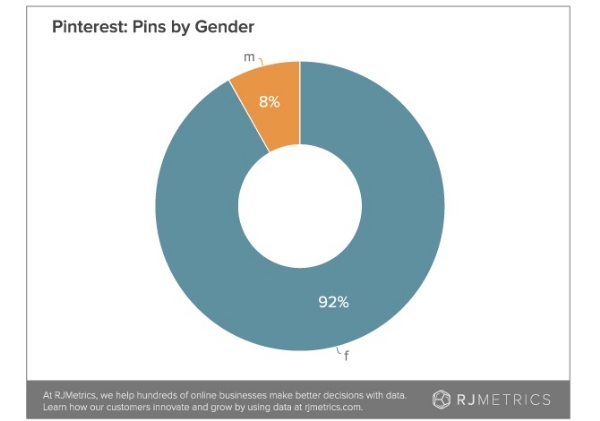

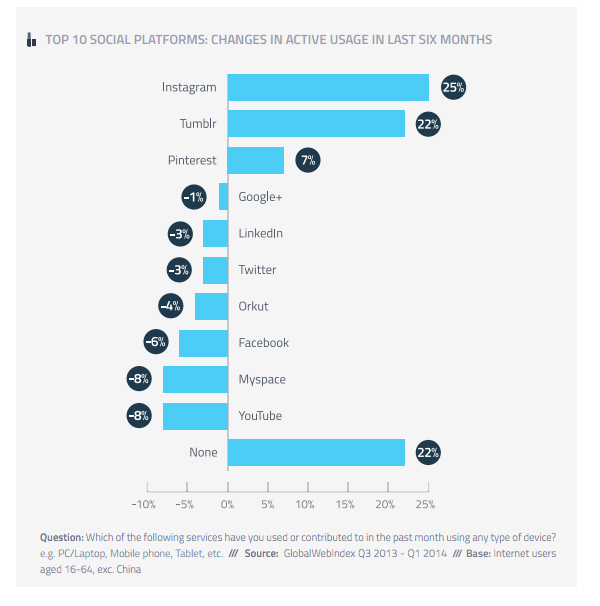
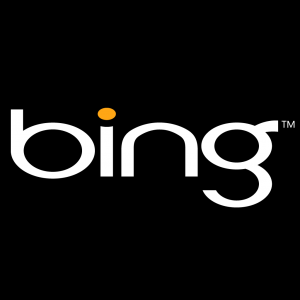 The most prominent figures in search engine marketing must get tired of hearing the same old fables and myths that seem to fill the SEM market. Even when well-known employees of search engines like Google’s Matt Cutts and Bing’s Duane Forrester give clear-cut answers to common questions about
The most prominent figures in search engine marketing must get tired of hearing the same old fables and myths that seem to fill the SEM market. Even when well-known employees of search engines like Google’s Matt Cutts and Bing’s Duane Forrester give clear-cut answers to common questions about  You would think most guest blog networks would be watching their steps in the wake of the widely talked about
You would think most guest blog networks would be watching their steps in the wake of the widely talked about 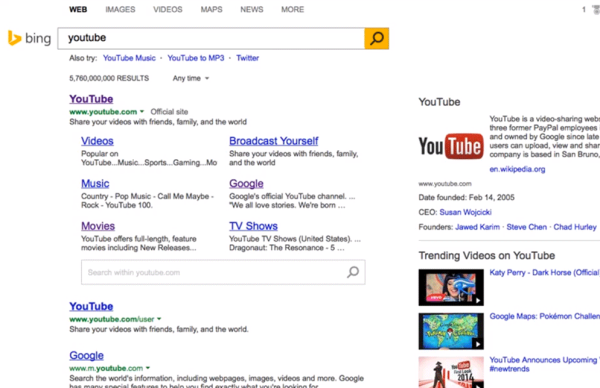
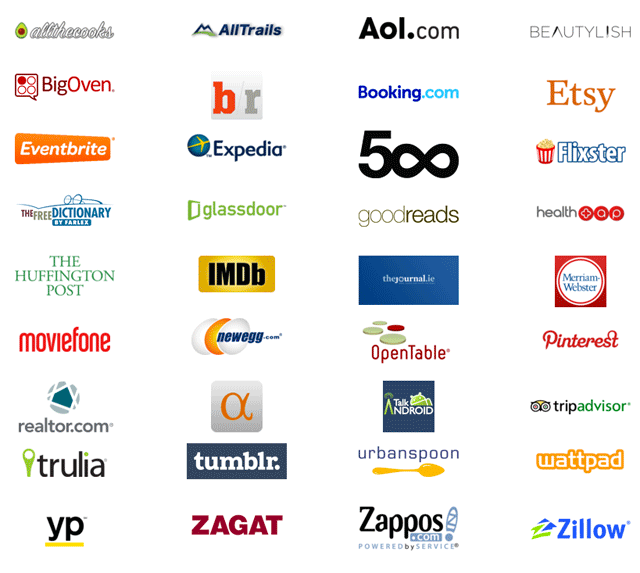

 Pretty much anything Google’s most popular engineer Matt Cutts says makes headlines in the SEO community, but often his Webmaster Chat videos and advice aren’t mind-blowing by any stretch of the imagination. For instance, we
Pretty much anything Google’s most popular engineer Matt Cutts says makes headlines in the SEO community, but often his Webmaster Chat videos and advice aren’t mind-blowing by any stretch of the imagination. For instance, we 

